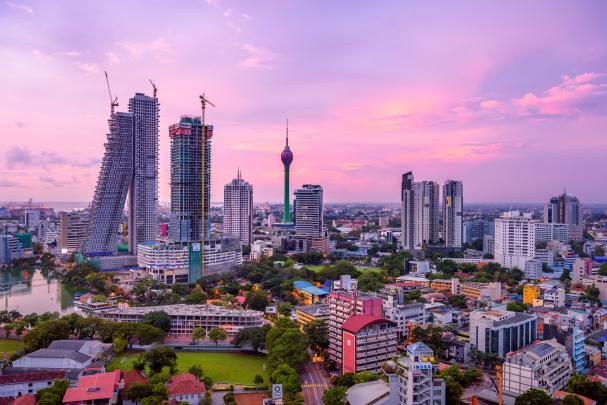Many organisations involved in medical tourism think they are only part of their country’s healthcare sector, and are not closely interconnected with tourism. Every year however there are natural or political events that affect both tourism and medical tourism flows to countries.
More medical travel agencies, clinics, hospitals and global/national associations need to develop continency plans for these disaster scenarios.
When local troubles shut Hong Kong’s airport for days, and rioters filed the streets, did local hospitals and agents have any plans for getting patients home safely, changing plans for people to go elsewhere, or for completing treatment in another country? The answer is likely to be no.
While medical tourism destinations still often do not learn lessons from the past, some countries have put in place contingency planning for their overall tourism sector. Sri Lanka Tourism has a tourism recovery programme, following the Easter Sunday incidents where three churches and three luxury hotels in the commercial capital Colombo were targeted in a series of coordinated terrorist suicide bombings. Tourism Authority of Thailand (TAT) is helping out, as Thailand Tourism faced similar experiences and recovered quickly to attract even greater numbers. TAT has agreed to share expertise on crisis management and recovery strategies.
The absence of any contingency planning or recovery plan from organisations involved in medical tourism poses a significant risk for the sector. Leaving medical tourists to fend for themselves when the next political/terror/weather disaster strikes is poor customer service for an established industry.








 ©2024 All rights reserved LaingBuisson
©2024 All rights reserved LaingBuisson 


